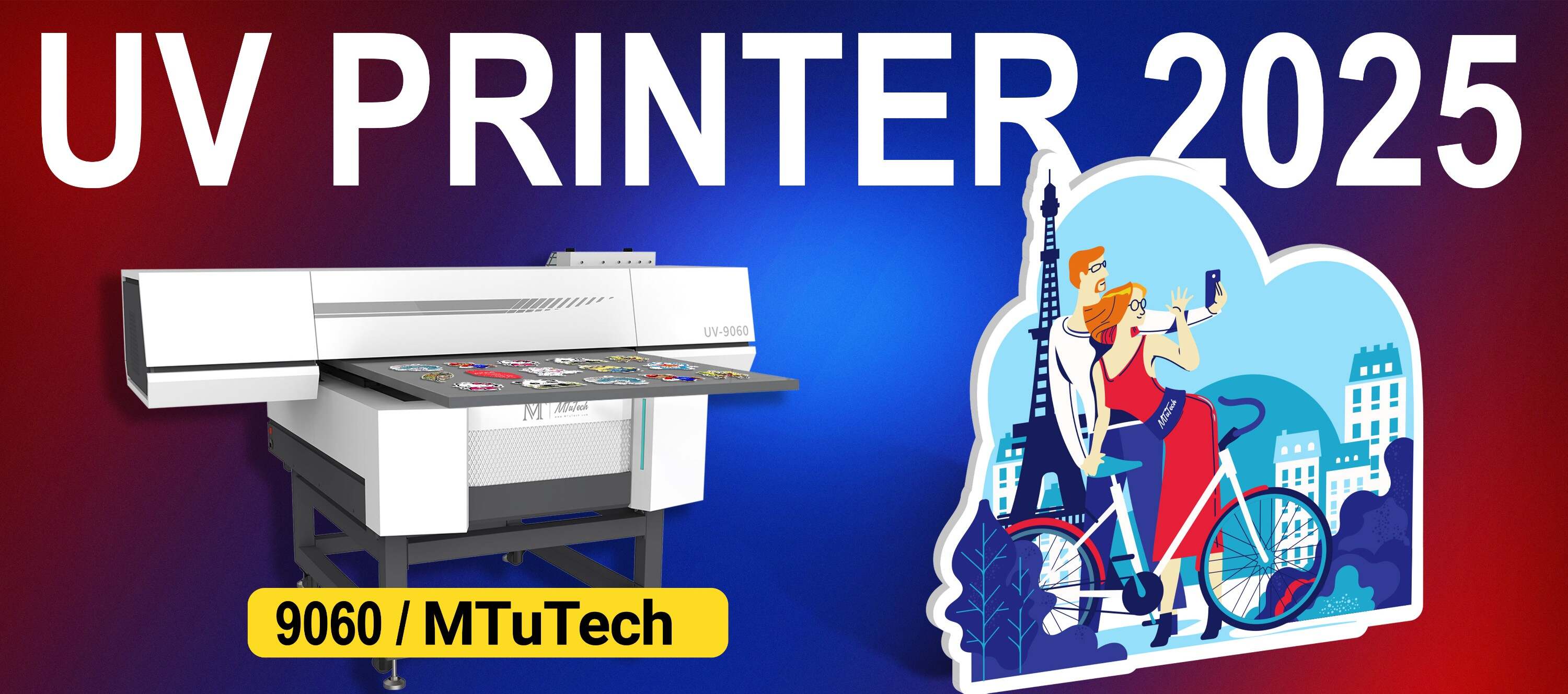Introduction
In today’s competitive market, the presentation of products plays a pivotal role in capturing customer interest. With the advent of advanced printing technologies, UV printing has emerged as a transformative method for producing vibrant and durable prints on various materials. One of the key steps in the UV printing process is the development of accurate and appealing product mockups. This article outlines the steps involved in creating effective mockups, their benefits, and best practices to enhance your design workflow.
The Importance of Product Mockups
Product mockups serve as a visual prototype representing how your printed product will look in reality. They are crucial for various reasons:
Visual Communication: Mockups provide a realistic view of the end product, which helps in conveying ideas to clients and stakeholders.
Marketing Material: High-quality mockups can be used in promotional content, social media, and advertisements to generate interest before the actual product is available.
Design Validation: Mockups allow designers to assess the aesthetics and functionality of the design before committing to printing.
Benefits of Using UV Printing for Mockups
UV printing offers numerous advantages that make it an appealing choice for creating product mockups:
Vibrant Colors: UV printers can produce bright and beautiful colors, resulting in eye-catching mockups that accurately represent the final product.
Fast Turnaround: Compared to traditional printing methods, UV printing has a faster production time, making it easier to create multiple mockups quickly.
Versatile Materials: UV printing works on various substrates, including plastics, metals, glass, and wood, allowing for a diverse range of mockup designs.
Durability: The UV-cured inks are resistant to fading and scratching, ensuring that product mockups maintain their quality over time.
Steps to Create Effective Product Mockups
Step 1: Gather Your Resources
Before you start designing your mockups, it's essential to gather all the necessary resources. This includes:
Images of the product or existing prototypes.
Brand guidelines, including colors, fonts, and logos.
Software tools for design (e.g., Adobe Photoshop, Illustrator, or specialized mockup generators).
Step 2: Choose the Right Template
Templates can save time and ensure consistency across your mockups. When selecting a template, consider:
The product type (e.g., stickers, bottles, signage).
The layout and dimensions necessary for your design.
How well the template matches your design aesthetic.
Step 3: Design Your Mockup
With your resources and template in hand, it’s time to start designing. Focus on the following elements:
Background: Choose a background that highlights your product. Consider using a simple layout to draw attention to the item.
Colors: Use brand colors to maintain consistency. Vibrant, high-contrast colors can enhance visibility.
Textures: Applying realistic textures can add depth and dimension to your mockup.
Shadows and Highlights: Adding shadows can create a sense of realism, making your mockup more appealing.
Step 4: Apply UV Printing Specifications
When developing mockups specifically for UV printing, it's crucial to keep in mind the unique characteristics of the printing process:
Ensure that your color profiles are set according to the specifications of the UV printer.
Utilize vector graphics where possible for scalability and clarity.
Pay attention to bleed and trim lines to ensure that the final print is correctly aligned.
Step 5: Review and Edit
Before finalizing your mockups, it's essential to review your designs thoroughly. Here are a few tips:
Check for any typographical errors or misalignments.
Get feedback from colleagues or clients to ensure your design communicates effectively.
Make necessary edits and adjustments based on feedback before moving to the printing stage.
Step 6: Print a Sample
Once you have a polished mockup, printing a sample is the next critical step. This allows you to:
Check color accuracy and overall appearance in real life.
Assess the durability and quality of the printing on the selected materials.
Make any last-minute adjustments before production.
Best Practices for Mockup Creation
To ensure your mockups are as effective as possible, consider the following best practices:
Consistency is Key: Maintain a consistent style across all mockups for branding purposes.
High-Quality Images: Use high-resolution images to enhance the professional appearance of your mockups.
Stay Updated: Regularly update your design templates and mockups to reflect current trends and brand changes.
Conclusion
Developing product mockups for UV printed items is a vital step in bringing your innovative ideas to life. A well-designed mockup not only streamlines the production process but also boosts marketing efforts by generating excitement and anticipation among customers. By following the outlined steps and best practices, you can create mockups that resonate with your target audience while accurately representing your final products. To elevate your printing capabilities, explore our high-quality UV printers here.
FAQ
What is UV printing?
UV printing is a digital printing process that utilizes ultraviolet light to dry or cure ink as it is printed. This method produces high-quality, vibrant prints that are durable and suitable for a wide range of materials.
What types of materials can be used for UV printing?
UV printing can be performed on various substrates, including plastics, glass, metal, wood, cardboard, and more, providing versatility in product mockup creation.
How long does it take to create a product mockup?
The time it takes to create a product mockup varies based on design complexity and software proficiency, but with the right resources and tools, it can typically be completed within a few hours to a few days.
Is it necessary to print a sample of the mockup before the final production?
Yes, it is advisable to print a sample of your mockup to ensure color accuracy, material compatibility, and overall visual quality before proceeding with mass production.
What software is best for creating product mockups?
Popular software options for creating product mockups include Adobe Photoshop, Adobe Illustrator, and various online mockup generators. The choice depends on your level of design expertise and specific project requirements.

